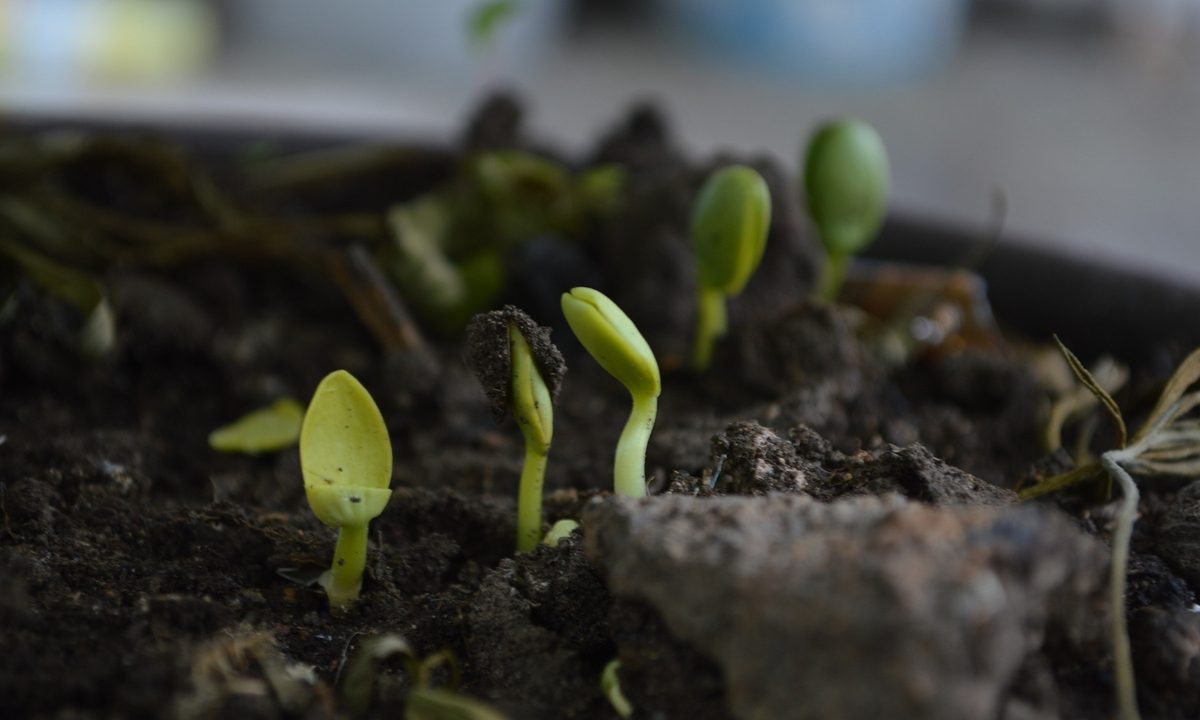When it comes to what you can compost, you should always look to the EPA for the best guidance on what’s safest. What you can compost is essentially limited to things that were once living matter in some way, shape, or form. The most common examples of this are things like fruit and veggie scraps, leaves, and lawn trimmings, but those aren’t the only things you can compost. If you feel like you aren’t getting as much use out of your compost bin as you’d like, here are eight more things you can compost that you might not be aware of.
Coffee grounds
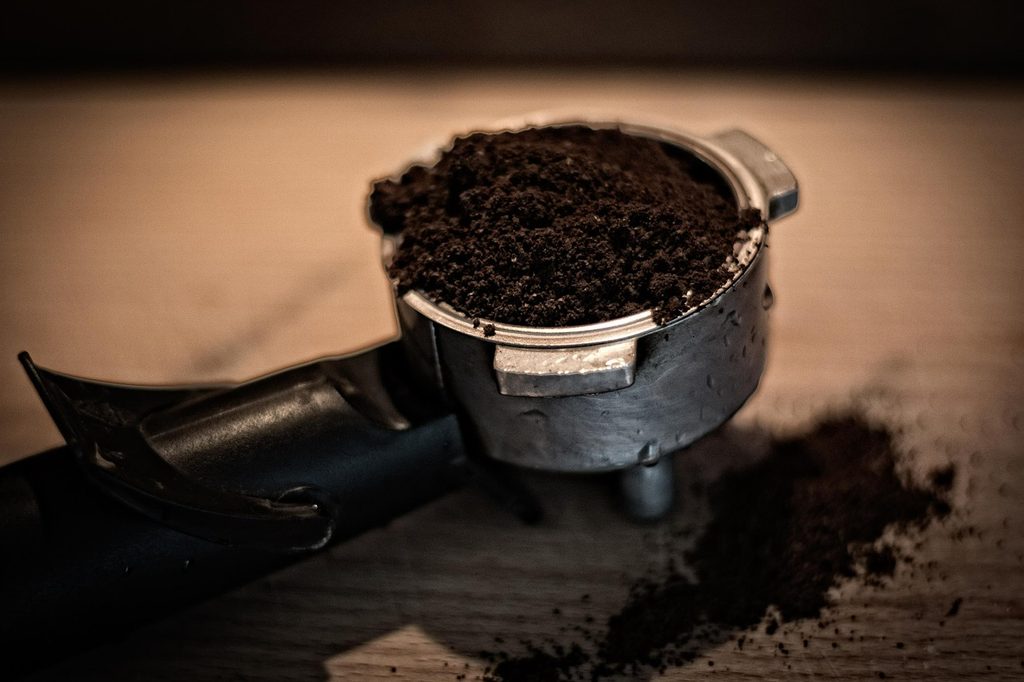
Starting out lower on the strange scale: did you know you can compost coffee grounds? They’re actually a great thing to add to the pile, and so many people have them around after their daily coffee. The grounds themselves aren’t acidic, so there’s no concern of them contaminating your compost pile. They actually have a close-to-neutral pH balance and can help improve the structure of your soil.
Because compost piles require a good mix of carbon and nitrogen, you’ll want to add an equal part of a carbon source alongside the nitrogen-providing coffee grounds. You can even compost the coffee filter along with them!
Tea bags
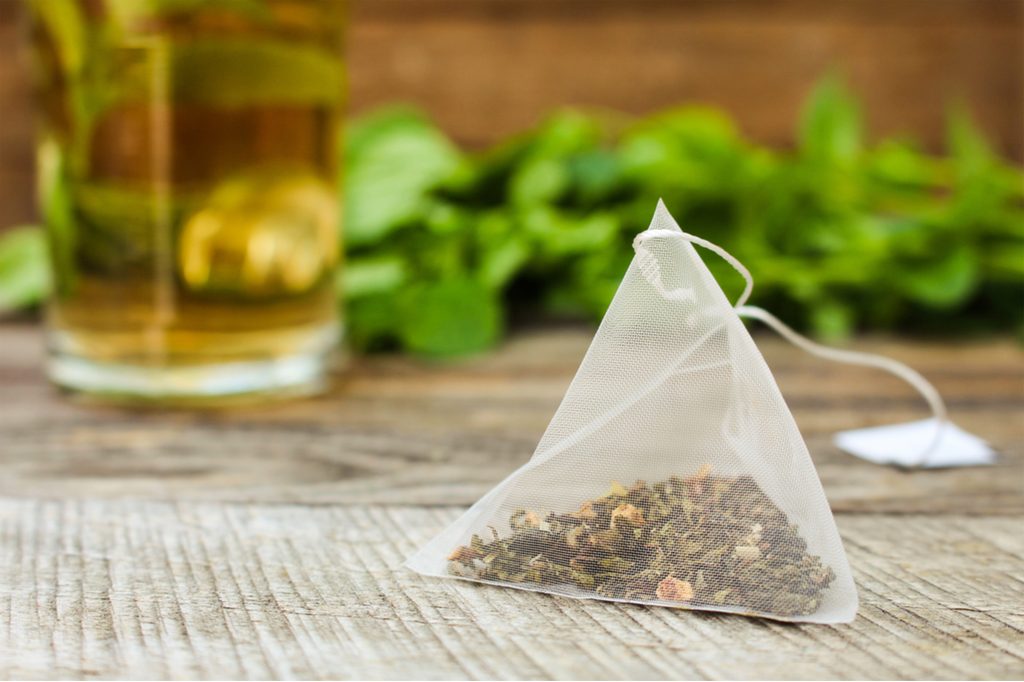
Instead of coffee, some people have tea in the morning — and you can compost that, too! The biggest exception here will be the type of tea bag. If the bag itself is slippery and has a heat-sealed edge, chances are it’s made of something called polypropylene, which won’t decompose.
In this case, you can simply cut open the bag and compost the tea leaves themselves, discarding the bag in the garbage. Otherwise, you’re safe to compost the whole thing, bag and all! Composting tea and tea bags can help increase drainage of your soil while retaining moisture. If the bag is stapled shut, be sure to remove the staples first, as metal won’t break down.
Spent floral arrangements
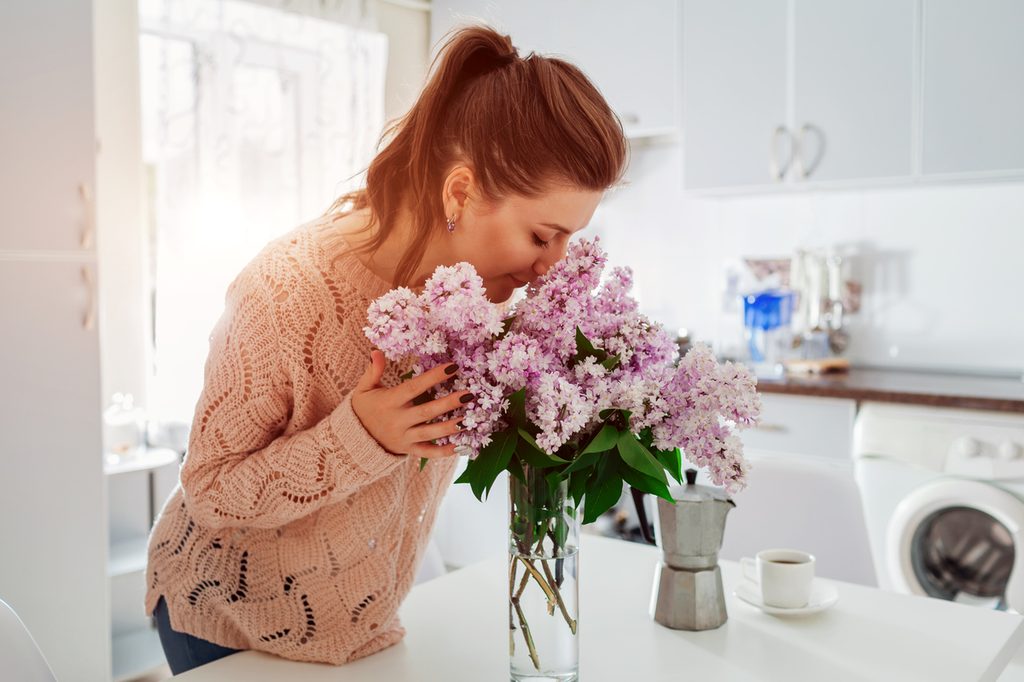
Many people have floral arrangements around their house, whether from a holiday, anniversary, or just because! Instead of throwing the flowers away when the arrangement is spent, you can add them to the compost pile. The flowers are natural, organic matter that was once alive but aren’t often thought to be compostable because they aren’t food scraps. If you’re someone who has floral arrangements laying around their house, consider tossing them into the compost pile next time they’ve hit the end of their life!
Cardboard boxes
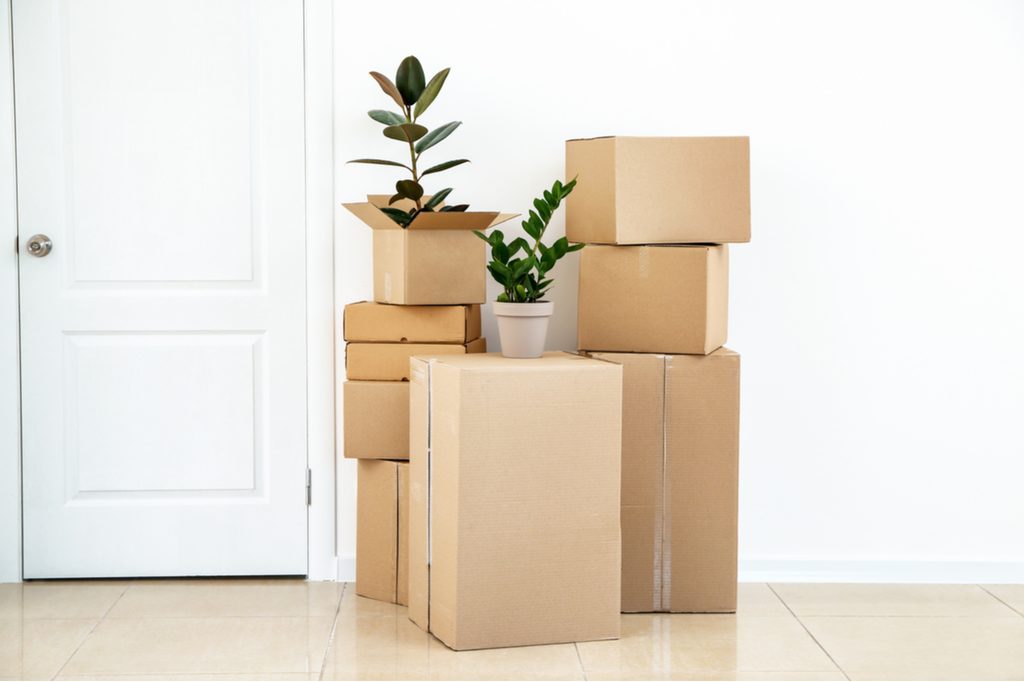
The go-to thing nowadays for cardboard and paper is recycling, which is great for the environment! But did you know you can cut out a middle man and turn that excess cardboard into compost for your garden? Cardboard is rich in carbon, so if you have a pile that’s heavy on nitrogen, it can be a good balancing component.
With a compost pile that’s set up properly, composting cardboard won’t be difficult; however, you may find it breaks down easier when cut up or shredded into small pieces. Although large pieces will eventually decompose, it won’t happen as quickly and can make the process frustrating. Before adding the boxes, be sure to remove any tape, glue, or synthetic packing materials.
Pet fur
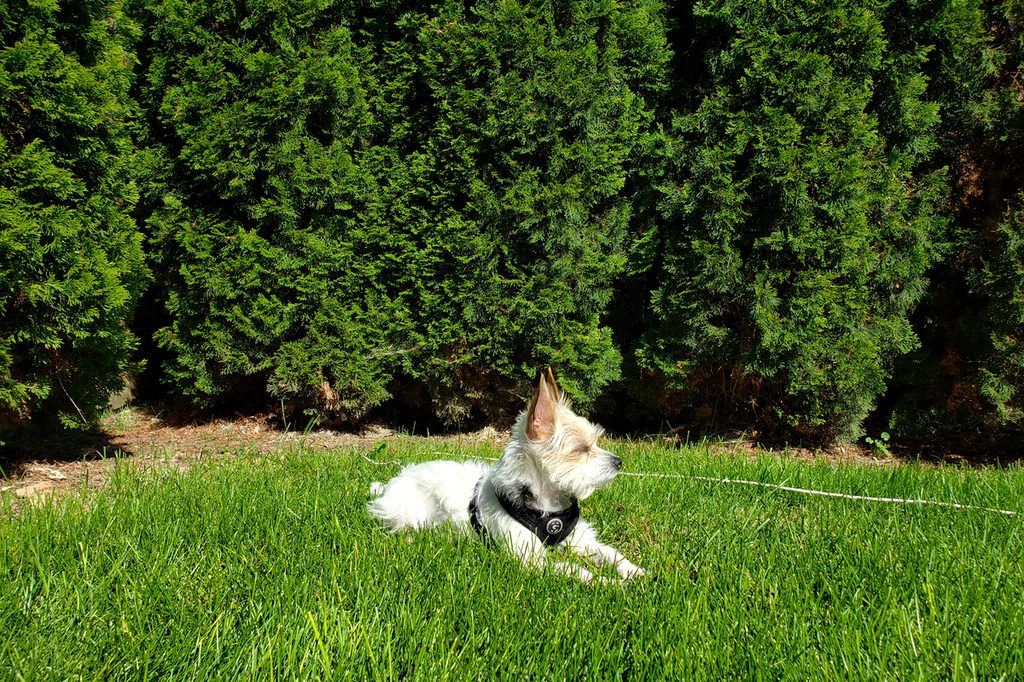
Pet fur — that annoying thing your clothes and furniture are covered in — is actually beneficial for your compost pile! It has a lot of nitrogen and can be a good balancing ingredient for your mix. If you decide to compost pet fur, it’s better to use hair from home grooming as opposed to the vacuum cleaner because the vacuum bin may contain materials that aren’t compostable and have the potential to contaminate your compost.
Certain used tissues or paper towels

Some used tissues or paper towels can also be composted, depending on what they cleaned up. Think anything non-organic. If you use it to clean up oil, chemical cleaners, pet waste, or human waste, you should toss them in the garbage. Likewise, paper towels and tissues coated in grease won’t benefit you in any way. Paper tissue from gift wrapping can be composted, too. Just avoid any tissue that has glitter in it, as the glitter is likely not compostable.
Dryer lint
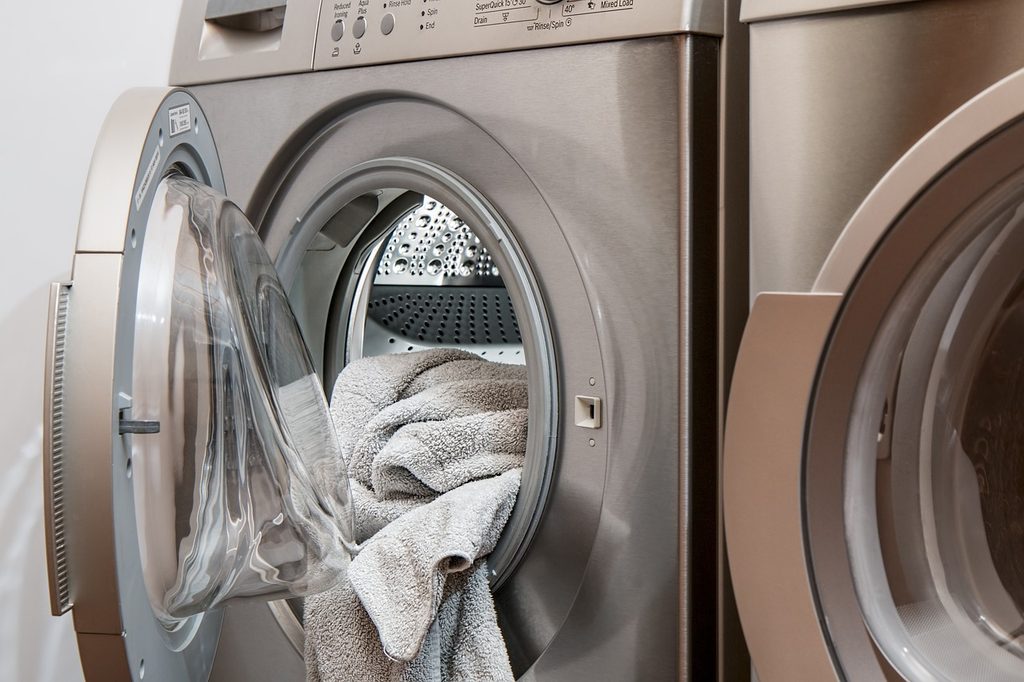
Opposite pet fur, dryer lint can help increase the carbon level in your compost pile, as well as provide additional fiber. It won’t be one of the best ingredients, but it’s a good way to utilize something you’d otherwise throw in the garbage. As long as the clothes you’re drying are made of natural materials, as opposed to synthetic ones, dryer lint is a great component for compost piles that are heavy on nitrogen due to things like lawn clippings.
And you don’t have to worry about composting every time you do laundry! Simply get a container like an empty, rinsed-out milk jug (repurposing!) and put it in your laundry room. Every time the dryer’s done, put the lint in the jug. When the jug is full, empty it into the pile.
Natural fabrics

Not all fabrics can be composted, but clothes and cloths made from plants and animal fur can be. Cotton, flax, silk, wool, and cashmere can all be composted. Any synthetic fabric, such as polyester, or fabric that is a blend of natural and synthetic fibers should not be composted. You should also avoid composting fabric that has been treated with heavy chemicals.
Additionally, if the cloth is clean and in good condition, it is typically better to donate it to someone in need. However, if the cloth is in poor condition and can’t be used, then composting it is better than just throwing it out! Cut it into smaller scraps first, to help it break down faster. Old washcloths and towels are great candidates for composting.
The list of things you can compost goes on, and there’s a lot more you can do beyond tossing in an apple core here and a banana peel there. With a larger list of what you can compost, you’re sure to have a pile that’s more balanced between carbon, nitrogen, and moisture.
